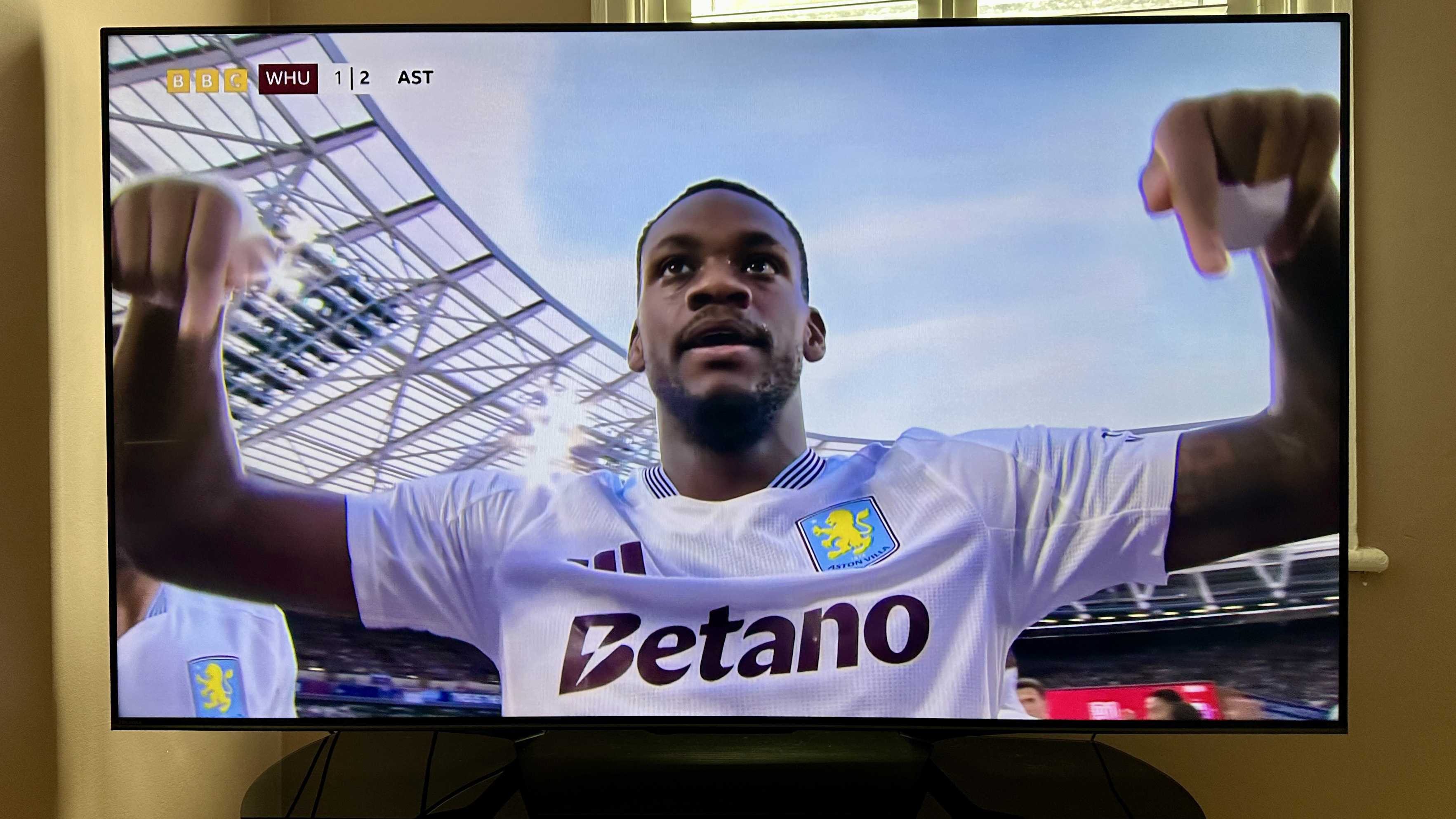
For big pictures from relatively little outlay, Hisense has been doing the business for some time now – and its embrace of the most up-to-date technologies doesn’t seem to have affected the aggressiveness of its pricing even slightly.
The U7N range (known as the U7NQTUK specifically in the UK, sometimes abbreviated as U7 in other territories) is another case in point: big TV, big specification, remarkably unbig asking price. All it needs now is big performance and the job is completely done. So how does Hisense fare?
Hisense U7N: Price & Availability
On review is the 65-inch Hisense U7N, codename 65U7NQTUK. It's on sale now, alongside 55-, 75- and 85-inch other model sizes. Check out the shopping widget embedded above for the best prices of all those sizes.
However, the 65-inch model specifically will cost you £1599 in the UK. In the United States, where pricing of TVs tends to be rather more aggressive, it can be had for a very alluring $1099. In Australia it’s a similarly tempting AU$2299.
I suspect it won't be too long before this model is considered not only in the context of the best TVs, but the best TVs under £1000, too, as it's commonplace for deals on sets such as this to show face rather rapidly.
Hisense U7N review: Features & What's New?
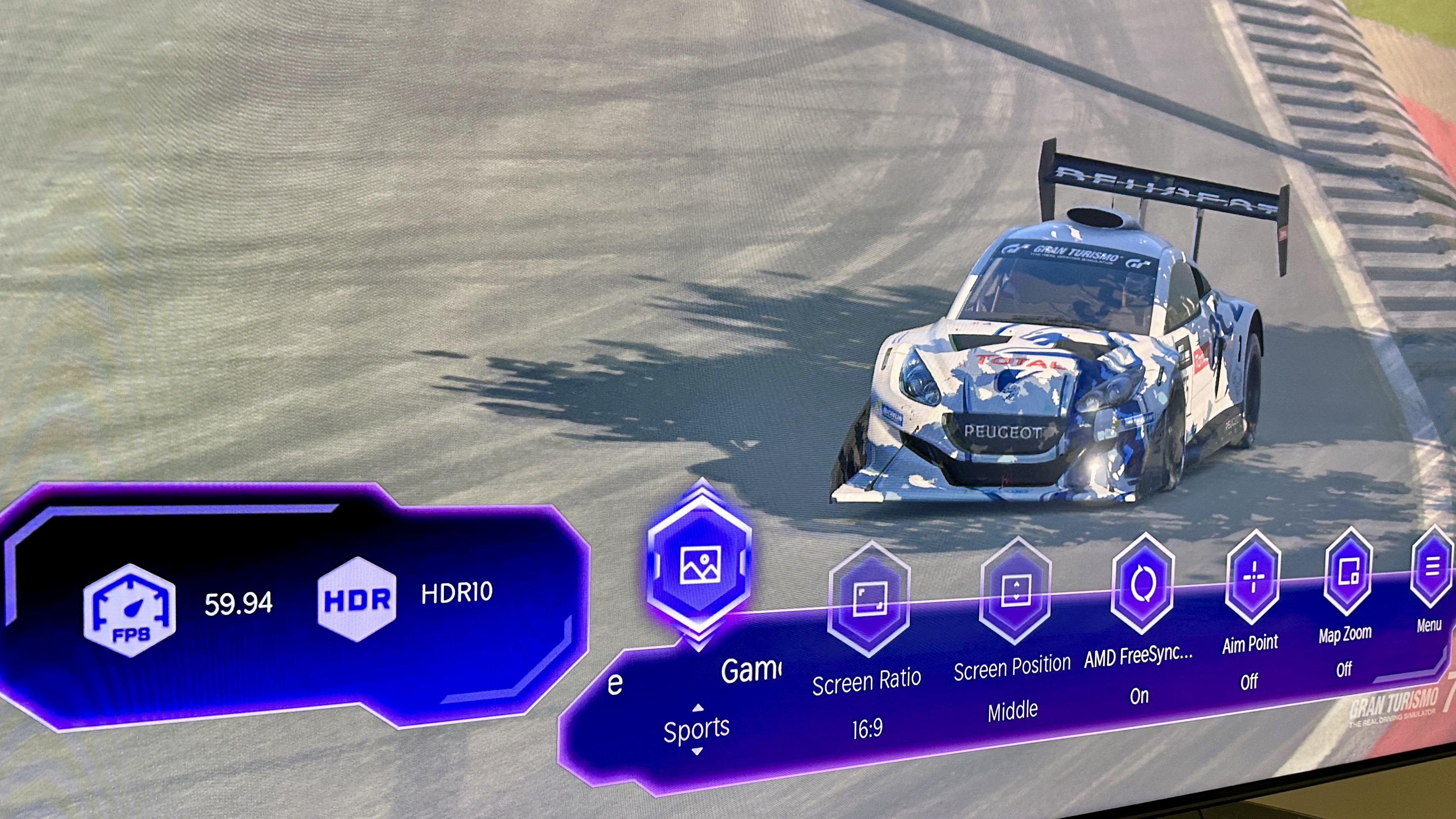
The Hisense U7N is a Mini-LED television – which means it uses a huge number of tiny LEDs to backlight its panel. In the case of this 65-inch model, those LEDs are divided into 384 dimming zones that can be individually controlled – which, in theory at least, means very precise backlight control. Which should, in turn, mean good contrast performance.
Of course, information needs to get on board the Hisense before any of this clever backlighting technology can be brought to bear, and there are plenty of options for doing so. Wi-Fi is available either via dual-band or via an Ethernet socket, which brings Apple AirPlay 2 into play, and there’s wireless Bluetooth connectivity too.
The main physical connections include TV aerial binding posts, four HDMI sockets, a couple of USB-A slots (one 3.0, the other 2.0), a composite input and a CI slot, while outputs run to a pre-out for a subwoofer, a headphone socket and a digital optical output. All four HDMI inputs are at 2.1 standard with ALLM, VRR and FreeSync Premium Pro support, but only two have 144Hz refresh rate capability and only one is eARC-enabled.
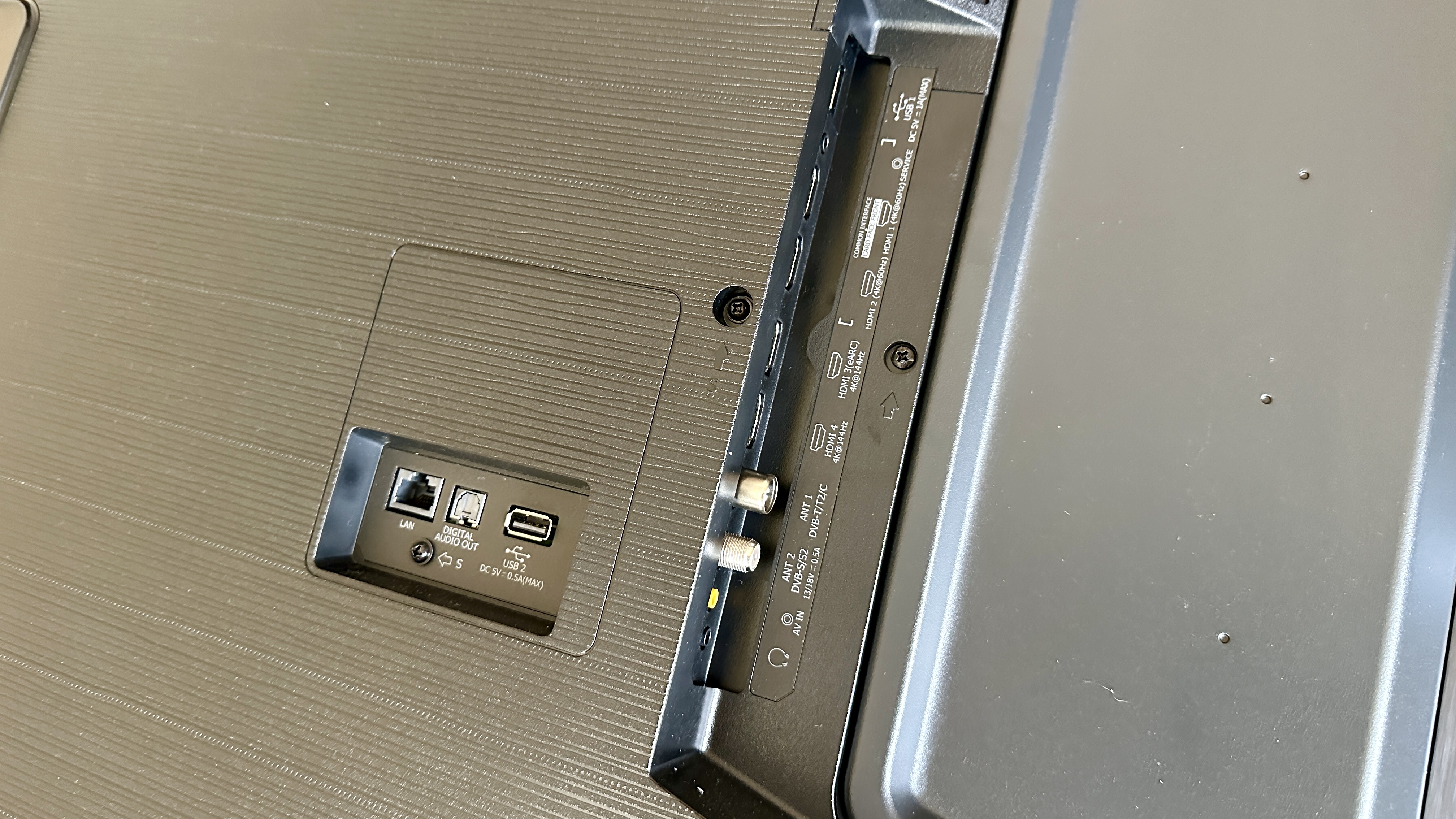
The 4K panel supports high dynamic range to the tune of HLG, HDR10, HDR10+ and Dolby Vision IQ standards, and Filmmaker Mode is on board too. For sound, the Hisense is compatible with Dolby Atmos and DTS Virtual:X audio standards – although obviously its 2.1-channel sound system isn’t in the business of offering any meaningful kind of sensation of spatial audio.
No matter the type or quality of the content you want to watch, it’s dealt with by the latest version of Hisense’s Hi-View Engine Pro – here with scene-by-scene artificial intelligence (AI) processing. A big part of this processor’s power is devoted to the upscaling of sub-4K content – the intention is to analyse each individual frame in real-time in order to optimise brightness, contrast and colour. It also allows the U7N to deliver input lag while in Game mode of less than 10ms – which is not too shabby at all. The appearance of the suddenly ubiquitous Game Bar to give access to useful settings while in-game is a nice touch, too.
The Hi-View Engine Pro is also the brains behind Hisense’s VIDAA 7.6 smart TV interface. By prevailing standards this is a mercifully clean and uncluttered system – content is organised into rows and can be navigated in the most logical manner. All the major streaming services are available, and the UK’s catch-up and on-demand TV service apps are available too. VIDAA channels are included, from where a fair amount of worthwhile free content is available too. It’s a swift and well-organised interface, and as such could teach some higher-profile alternatives a thing or two.
Hisense U7N review: Performance
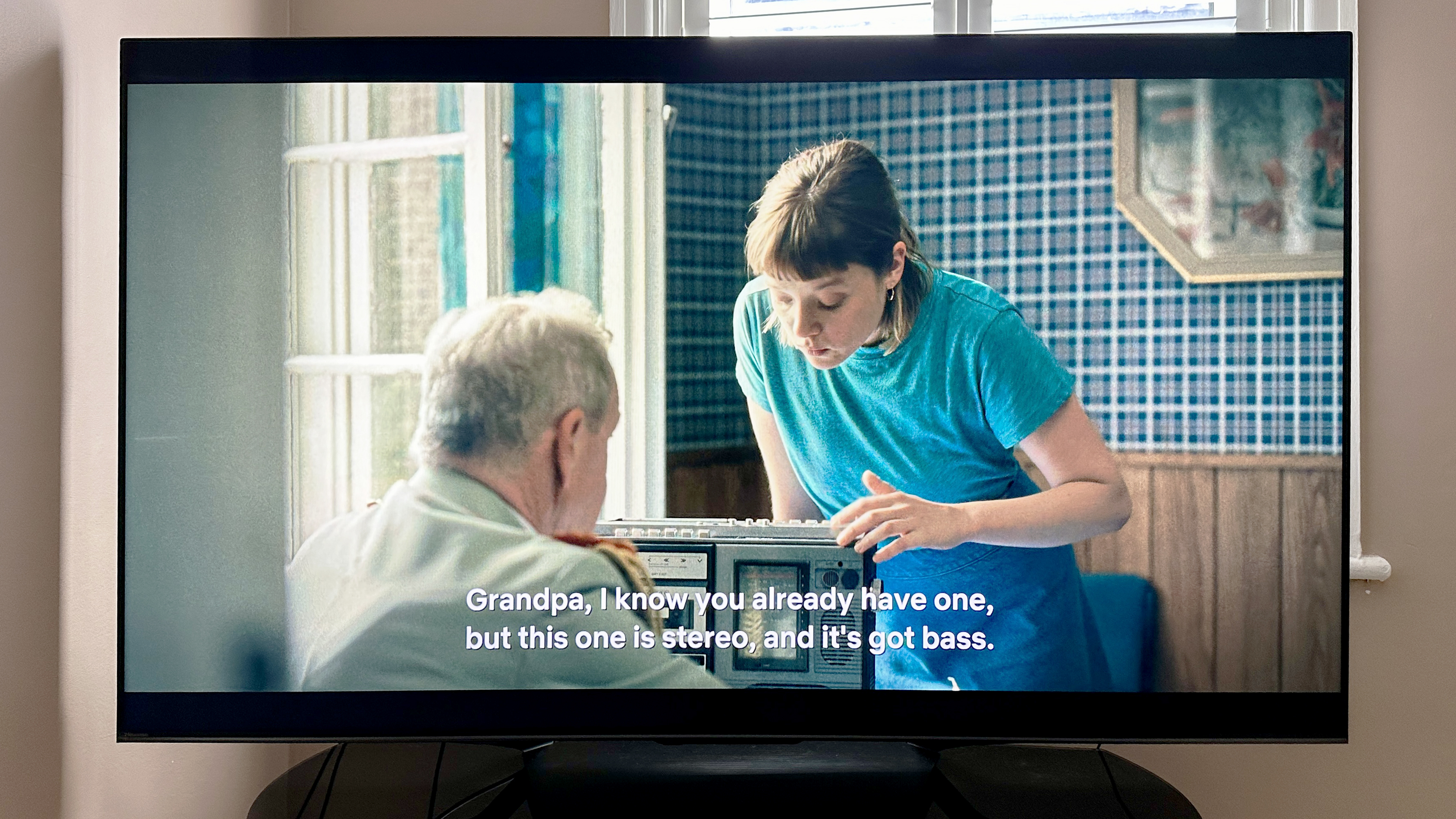
Straight from the box, it’s obvious that Hisense has managed to make good on the promise of this television’s Mini-LED configuration: the U7N delivers bright, vibrant images. That’s not the be-all and end-all of TV performance, of course, but it’s as good a place as any to start. If your room is brightly lit, either naturally or electrically, there’s no need to turn your lamps off or close your curtains to enjoy the U7N’s picture-making prowess.
Give it some well-mastered native 4K content to deal with, ideally with an HDR element to it, and there’s plenty to enjoy here besides the simple brightness of the images. Detail levels are impressive, especially where textures are concerned, and the control of even quite tight, complicated patterns is good too. Edge definition is convincing, and there’s appreciable depth of field to those scenes that require it.
The colour palette is on the vibrant side of neutral, though, but it’s not so overcooked that it ends up looking unnatural. Skin tones are realistic, and the Hisense can tease out nuances of shade and offer variation in what might, in less capable hands, be big areas of uniform colour. It’s particularly adept at describing grades and subtleties in the bright and clean white tones that it can generate.
All but the most testing motion is handled confidently, and the overall composure of 4K pictures is impressive. If you intend to feed your U7N content of this standard more often than not, you’ll find it no hardship whatsoever to watch. Even Filmmaker Mode can’t spoil your enjoyment too thoroughly, even if it does its usual thing of emasculating the brightness of even those images that are meant to be bright in the first place.
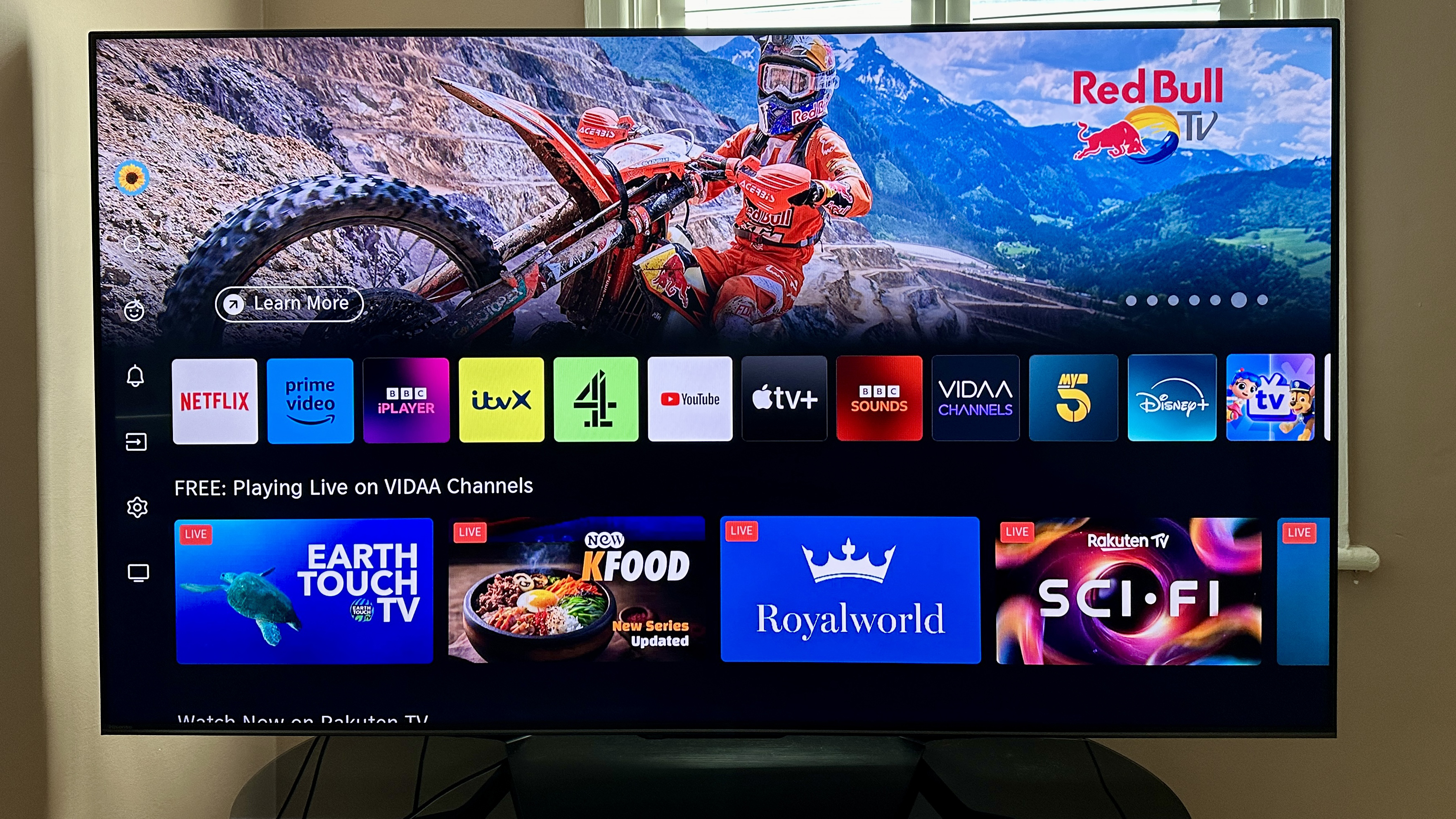
It’s not quite so adept where black tones are concerned, though – to be absolutely frank, ‘black’ is in pretty short supply here. ‘Very, very deep grey’ is a more accurate description of what the Hisense serves up – and this is made even more obvious by the relative lack of backlighting control the screen periodically exhibits. Despite the huge number of discrete dimming zones, the U7N is not above haloing or blooming around those bright objects that appear on a dark background – and if they’re moving (scrolling white text, say, on a black background) it’s particularly noticeable.
As an upscaler, the U7N does solid work with 1080p Full HD stuff, which means it’s perfectly watchable where most mainstream broadcast TV is concerned. There’s a slight softening of the overall image, and detail levels take a bit of a hit, but in broad terms the Hisense manages pretty well. Dip below there in terms of the resolution of the content, though, and the U7N can't help but betray how hard it’s being asked to work: edges get jaggy, motion becomes rather approximate, and there’s noticeable shimmer around moving objects in pretty much all circumstances. At 65-inches this screen is bigger than the UK average, and as such its shortcomings as an upscaler of properly antiquated content are made all too apparent.
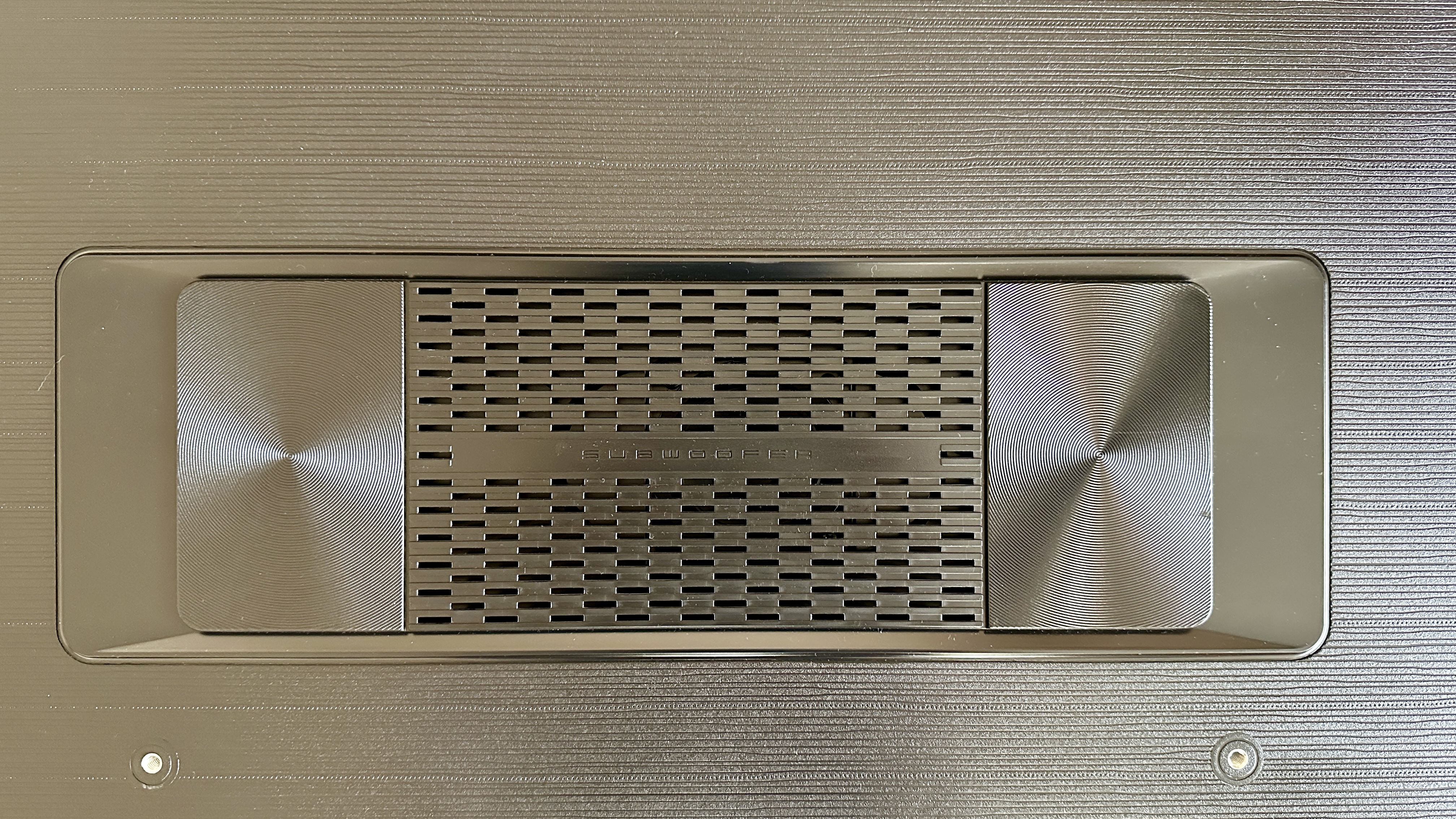
The Hisense U7N isn’t the first TV to deliver sound the quality of which is quite strongly at odds with that of its pictures, and I doubt it will be the last. But nevertheless it’s worth noting that the sound this Hisense makes is flat and underpowered, and becomes quite stressed and strident if you’re rash enough to turn the volume up too far.
Listen at modest levels and it’s reasonably distinct and quite open, but there’s next-to-no low-frequency presence and a lack of dynamism that makes even the most dramatic scenes sound matter-of-fact. You won’t need to spend all that much money on one of the best soundbars to make a significant improvement on what’s on offer here.
Hisense U7N review: Design & Usability

Televisions in general, and more affordable televisions in particular, tend not to have been ‘designed’ so much as ‘constructed’. We buy a TV in order to watch the images it’s delivering rather than admire it as an object in its own right, after all – and so as long as it’s got reasonably slim bezels around its screen, an effective stand or feet, and isn’t too deep to look nice if it’s hanging on the wall, that’s pretty much job done.
And that’s the job Hisense has done with the U7N. It’s very competently built from materials that feel robust enough to last a good while. The bezels surrounding its screen are nice and skinny – 3.5mm around three sides and 13mm across the bottom. Its metal feet need just two screws each to attach them securely, feature some rudimentary cable-management, and have a plastic shroud that covers them to deliver a nice, tidy look – and they’re close enough together that the TV can sit on a reasonably small surface, too. If you want to wall-hang it, the U7N is a tidy 77mm deep, a manageable 19kg, and is VESA-ready.

The Hisense is applied with a notably long, but sensibly laid-out, remote control handset that features reasonably sized buttons. Some of the length can be explained by the large solar cell towards the bottom – there’s also a USB-C slot for charging the battery if you run short of sunshine.
If that all seems a bit low-tech, the U7N is compatible with Apple’s HomeKit, and there’s Amazon Alexa and Hisense’s VIDAA voice control available too. The mic button is right in the middle of the remote control, so it’s simple enough to locate even in a darkened cinema room. The U7N is also compatible with the VIDAA control app, which pretty much duplicates every aspect of the remote control’s functionality – but is very handy for rearranging the smart TV interface’s home screen if nothing else.
Setup is straightforward, thanks to menus that strike a nice balance between depth and brevity. Some tweakers will hanker after a deeper dive into the minutiae of their TV’s settings, but the rest of us will be thankful that very watchable picture quality can be achieved without too much effort.
Hisense U7N review: Verdict
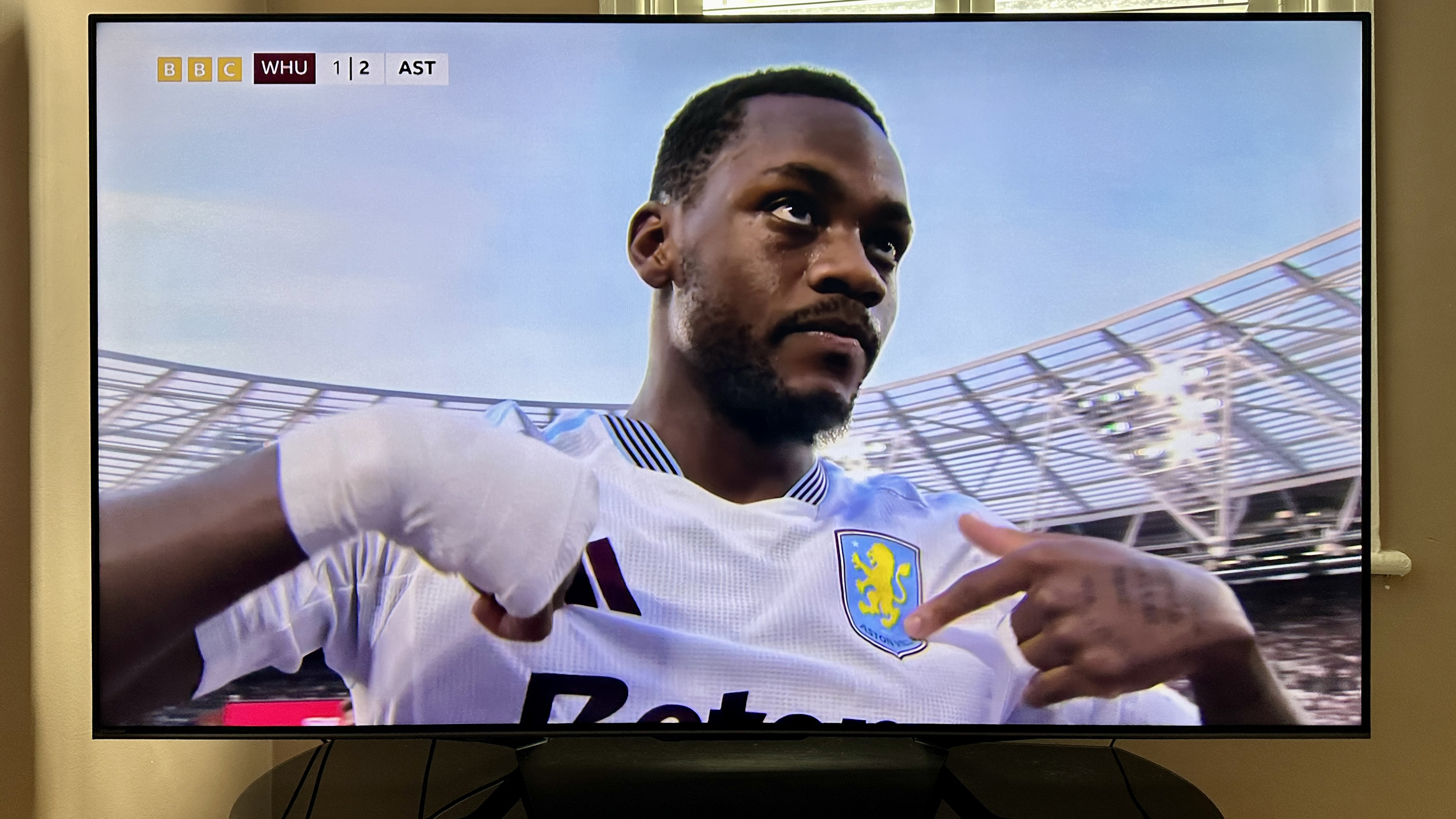
The Hisense U7N gets a lot right, so if you want big images without spending an arm and a leg, then this TV satisfies – and it’s not a bad gaming monitor either.
Don’t rely on either its upscaling performance or sound quality, however, and you've got a solid 4K panel at a sensible price. The more that price decreases, the better value prospect this commendable set will become.
Also consider
Because TV manufacturers show no sign of relenting on the 12-month model cycle, every sensible customer knows there are bargains to be had by looking at last year’s models – after all, a fine television doesn’t become a lemon just because it’s a year old.
And so the best way to spend Hisense 65-inch U7N money right now is on Samsung’s 65-inch QN95C. This 2023 QLED model isn’t quite perfect, but it’s not far off – and it combines bright, high-contrast images with impressive colour fidelity and convincing black depth. It’s a great gaming monitor, too.







